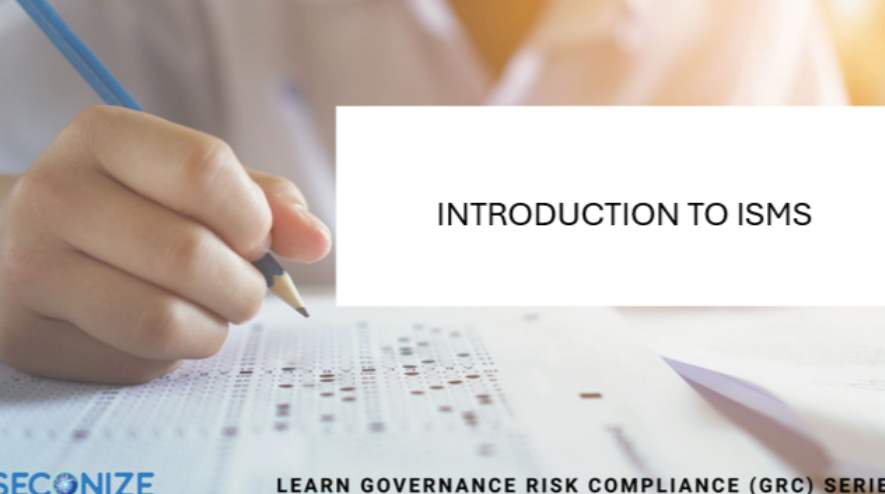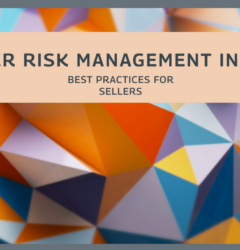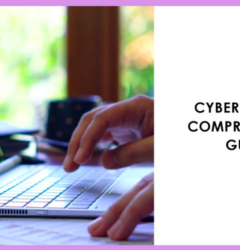

In an age where data is one of the most valuable assets for organizations, ensuring its protection has become paramount. As cyber threats grow in both complexity and frequency, businesses worldwide are increasingly adopting frameworks and standards to safeguard their information assets. Among these, an Information Security Management System (ISMS) stands out as a critical component of a company’s cybersecurity strategy. But what exactly is an ISMS, and why is it so vital for organizations today?
What is an Information Security Management System (ISMS)?
An Information Security Management System (ISMS) is a systematic approach to managing sensitive company information to ensure its confidentiality, integrity, and availability (often referred to as the CIA triad). It encompasses people, processes, and technology to protect against a wide range of security threats, ensuring the continuous protection of information assets.
An ISMS is not just about implementing technical controls (like firewalls or encryption), but also about defining policies, procedures, and roles that guide the entire organization in how it handles and secures information. It serves as a structured framework for managing information security risks, helping organizations to assess, implement, monitor, and continuously improve their security posture.
Key Benefits of Implementing an ISMS
-
Risk Management: An ISMS helps organizations systematically identify, assess, and address risks. It establishes risk management processes that not only mitigate existing risks but also adapt to evolving threats.
-
Compliance: Many industries require organizations to comply with various regulations, such as GDPR, HIPAA, or industry-specific security requirements. An ISMS can help streamline compliance efforts by standardizing security measures.
-
Trust and Reputation: Implementing an ISMS and achieving certifications like ISO 27001 signals to clients, partners, and stakeholders that your organization takes data security seriously. This can build trust and help maintain a positive reputation.
-
Incident Response and Business Continuity: A well-implemented ISMS includes processes for incident management and business continuity, ensuring that organizations are prepared to handle security breaches and other crises efficiently.
-
Continuous Improvement: An ISMS is not a static solution. It fosters a culture of continuous improvement, enabling organizations to regularly assess and improve their information security measures as threats and technology evolve.
Core Components of an ISMS
An ISMS is built around several key components that work together to protect information assets and ensure a holistic approach to security:
1. Policies and Procedures
These are the foundation of any ISMS. They define how the organization should handle information security. Policies set out the high-level rules, while procedures provide detailed instructions for staff on how to implement these policies.
2. Risk Assessment and Management
Risk assessment is at the heart of an ISMS. It involves identifying potential risks to information assets and evaluating the likelihood and potential impact of these risks. Based on this analysis, appropriate controls are put in place to manage and mitigate these risks.
3. Control Implementation
Controls are measures put in place to protect against identified risks. They can be technical, such as encryption or firewalls, but they can also be procedural, such as training employees or setting up access controls. The selection of controls is guided by the risk assessment process.
4. Continuous Monitoring
An ISMS is not a one-time implementation. It requires continuous monitoring to ensure that security controls are effective. This involves tracking the performance of security measures, identifying weaknesses, and adapting the system to address emerging risks.
5. Internal Audits and Reviews
Regular internal audits and management reviews are essential components of an ISMS. These ensure that the ISMS remains effective and aligned with the organization’s objectives. Findings from audits can lead to improvements and refinements in security processes.
6. Training and Awareness
People are often considered the weakest link in any security system. Ensuring that all employees are aware of security policies and understand their roles in protecting information is a critical element of an ISMS. Regular training helps build a security-conscious culture.
The ISMS Lifecycle
The implementation and operation of an ISMS follow a continuous improvement cycle, often referred to as the Plan-Do-Check-Act (PDCA) model:
-
Plan: Establish the ISMS by determining the scope, conducting a risk assessment, and defining policies and objectives.
-
Do: Implement the security controls and policies outlined in the planning phase.
-
Check: Monitor and review the performance of the ISMS, conduct audits, and assess compliance with policies.
-
Act: Take corrective actions based on the findings from the Check phase and continuously improve the ISMS to address new risks or weaknesses.
This iterative process ensures that the ISMS remains responsive to the evolving security landscape and organizational needs.
ISMS and ISO 27001
One of the most widely recognized standards for ISMS is ISO 27001. ISO 27001 provides a systematic framework for establishing, implementing, maintaining, and continuously improving an ISMS. The ISO 27001 certification is often seen as the gold standard in information security, demonstrating that an organization has implemented best practices in managing information security risks.
Achieving ISO 27001 certification involves proving that an organization’s ISMS is robust, effective, and aligned with international standards. It requires regular internal audits, management reviews, and ongoing improvements to meet the certification’s requirements.
Challenges of Implementing an ISMS
While the benefits of an ISMS are clear, implementing one can be a complex and resource-intensive process. Some common challenges include:
-
Resource Allocation: Implementing an ISMS can require significant investments in time, personnel, and technology. Organizations need to ensure that they have adequate resources for planning, implementing, and maintaining the system.
-
Employee Resistance: New policies and procedures may be met with resistance from employees, especially if they perceive them as hindrances to productivity. Effective communication and training are essential to overcoming this.
-
Evolving Threat Landscape: The nature of cyber threats is constantly changing, which means that an ISMS must be agile and continuously updated to remain effective.
Automation and Tools to Support ISMS
To address some of the challenges in managing an ISMS, organizations are increasingly turning to automation and specialized tools. Here are some areas where automation can help:
-
Risk Assessment: Tools can automate risk assessments, continuously monitor for new threats, and provide real-time risk analysis.
-
Policy Management: Automated systems can manage the creation, distribution, and tracking of security policies, ensuring that employees are always informed and compliant.
-
Audit and Compliance: Automated systems can track compliance with regulatory requirements and standards like ISO 27001, easing the burden of audits.
-
Incident Response: Incident management platforms can automatically detect security events, assign tasks to relevant teams, and track responses in real-time.
-
Training and Awareness: Automated training platforms can schedule and track security training for employees, ensuring that they stay updated on the latest best practices.
Conclusion
An ISMS is more than just a set of security controls—it’s a comprehensive system that integrates people, processes, and technology to protect an organization’s most critical assets. By implementing an ISMS, organizations can not only mitigate risks but also build trust with customers, partners, and stakeholders. With the growing threat landscape and increasing regulatory pressures, having a well-established ISMS is no longer just an option, but a necessity for any organization that values its information assets.











Recent Comments